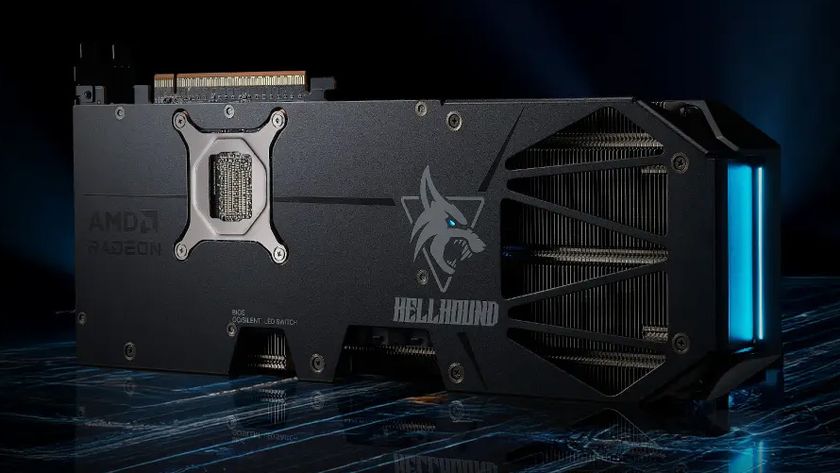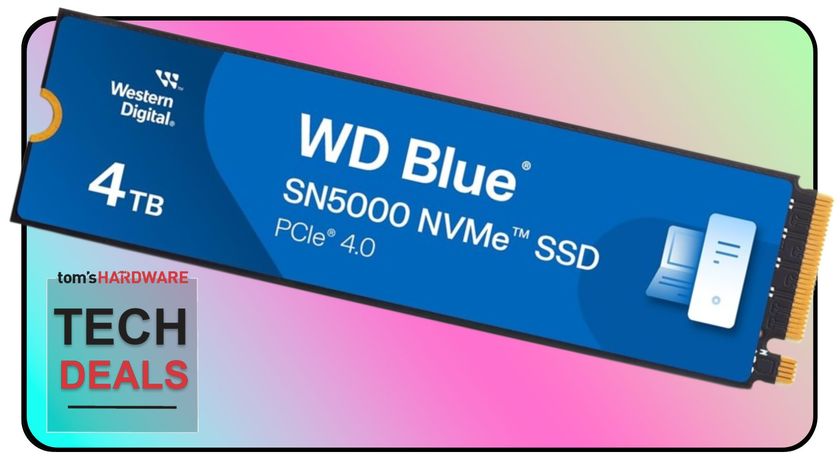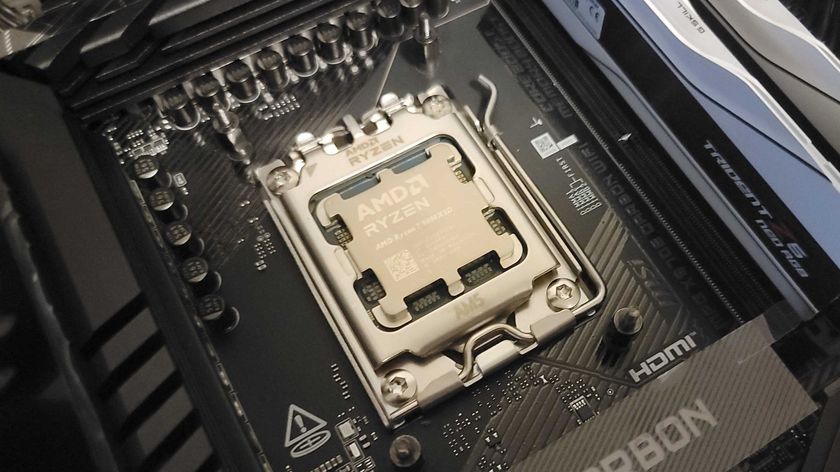Best Laptop Memory Upgrades: 8 DDR4 SODIMM Kits Tested & Compared
How We Tested and Benchmarked DDR4 SODIMM Kits
Why you can trust Tom's Hardware
To run our SODIMM tests, we needed a platform that met three criteria. First, it would allow for easy changes in DIMM configuration; that is, swapping modules in and out quickly. Second, it would support both XMP and SPD timings. And third, it would approximate the highest possible performance available in a notebook.
The need to make easy changes in our DIMM configurations, paired with the need to simulate powerful laptops along the lines of boutique models that take desktop parts, forced us to deploy a desktop motherboard and a matching six-core processor for our testing. To approximate the memory bandwidth of the latest Core i7-8700K-based gaming notebooks that use desktop CPUs, we limited the maximum memory configuration to dual-channel mode. Here's a look at our setup...
| CPU | Intel Core i7-7800X 3.5GHz to 4.0GHz, 8.25MB L3 Cache, LGA 2066 |
| Motherboard | X299E-ITX/ac |
| Graphics | Asus Turbo Series GTX 1080 Ti |
| Power | be quiet! Straight Power 10 500W |
Toss in a few bandwidth-affected benchmarks, and we’re ready to go!
| Benchmark Suite | |
| PCMark 8 | Version 2.7.613 Applications (Adobe & Microsoft) |
| SiSoftware Sandra | Version 2016.03.22.21 Cryptography, Memory Bandwidth, Memory Latency |
| Application Tests & Settings | |
| Adobe CC | After Effects v 13.8.0.144; Photoshop v 20160603.r.88 x64, InDesign Build 11.4.0.90 x64, Illustrator v 20.0.0 (64-bit)(PCMark-driven routine) |
| Microsoft Office 2013 | Word, Excel, PowerPoint (PCMark-driven routine) |
| Game Tests & Settings | |
| F1 2015 | 2015 Season, Abu Dhabi Track, Rain 3840x2160 resolution, No AA, No AF Ultra Low, Low, Medium, High, Ultra High Presets |
| Software | |
| OS | Windows 10 64-bit |
| Graphics Drivers | GeForce 388.13 |
Sandra Memory Bandwidth and Cache & Memory Latency benchmarks are great tools to verify that memory is reaching anticipated performance levels regarding bandwidth and latency. Latency is measured in clock cycles, so that both shorter cycles (faster frequencies) and fewer cycles between operations will improve real-time performance. Similarly, because the bandwidth benchmark sends multiple data packets, lower latency settings increase the number of packets per second to improve bandwidth.
The "real-world" Adobe and Microsoft benchmarks mentioned above include timed applications, where less time to complete the task equals more performance, and in the single game (F1 2015), more FPS means more performance. The balance between tests that are greatly affected and less affected by memory performance is meant to represent a wider range of user experience.
MORE: Best Memory
MORE: DDR DRAM FAQs And Troubleshooting Guide
MORE: All Memory Content
Current page: How We Tested and Benchmarked DDR4 SODIMM Kits
Prev Page Introduction Next Page Single-DIMM SODIMM Laptop Memory Kits - Tests and BenchmarksStay On the Cutting Edge: Get the Tom's Hardware Newsletter
Get Tom's Hardware's best news and in-depth reviews, straight to your inbox.

Defective RX 9070 XT card with pitted silicon GPU surface runs extremely hot — report indicates it's unclear if this was an isolated incident

WD's Blue SN5000 4TB SSD is only $209 while supplies last

AMD pins Ryzen 9000 'failures' on compatibility issues — BIOS update recommended to avoid boot problems
-
honkuimushi I would have liked to see entries from Corsair and Micron but this is a good overview. Would it be too much to ask for a revisit with the Zotac MA551 Raven Ridge based SFFC when it's released? That might provide a better reason for higher clocked memory, and dual rank might actually be a hindrance.Reply -
phil brinkle What DRAM chips do all these memory modules use? I haven't found any information on this in the review.Reply